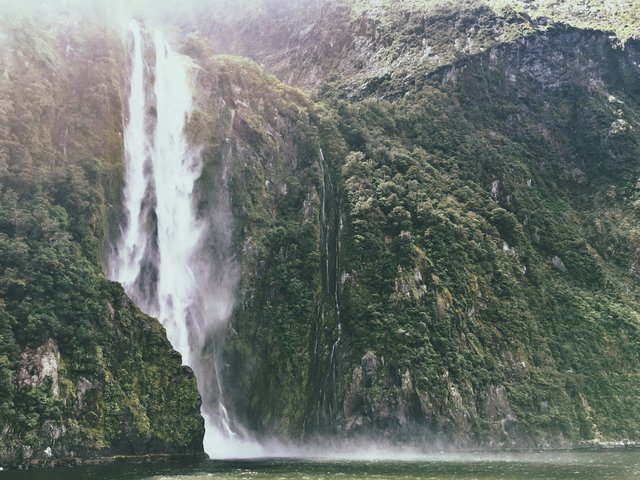The beauty and reasons why waterfalls continue to exist

Usually when talking about processes in nature like this, Geography always emphasizes two things, namely space and time. This means that this geographical phenomenon occurs in a very wide space and with a time that is not short and continues to occur. Now let's go straight to the process. Before, try to imagine a river flowing rapidly in the mountains. Don't forget that: water is an agent that can trigger erosion. In other words, water has a high erosion power against what it passes through. There are differences in rock layers when viewed from the level of resistance to air erosion. These rock layers are hard rock (hard rock) and soft rock (smooth rock). Hard rock is usually an example of granite and soft rock is usually sandstone.
A body of water or river flows through the slopes of the mountains and at the same time erodes various layers of existing rock. Air will erode the soft rock layer more than hard rock. As a result, a plunge pool is formed as a deeper area. The overhang (a protruding hard rock layer) collapses because it is weakened by erosion and weathering and is pulled down by gravity. Over a long period of time, the river water that descends into the valley then becomes a waterfall that gets higher and higher. Not only that, the waterfall pool also gets deeper due to the erosion of the river water that falls continuously. The collapsed rocks are used as water erosion tools to continue to erode the depth of the waterfall pool. So, don't be surprised if the height of the waterfall can get higher. Voila! That's the process of forming a waterfall! Anyway, the 'back' of the waterfall is also formed which can be visited like a cave. This is caused by the hard rock layer that becomes part of the overhang which then holds back the erosion of river water.
Upvoted! Thank you for supporting witness @jswit.